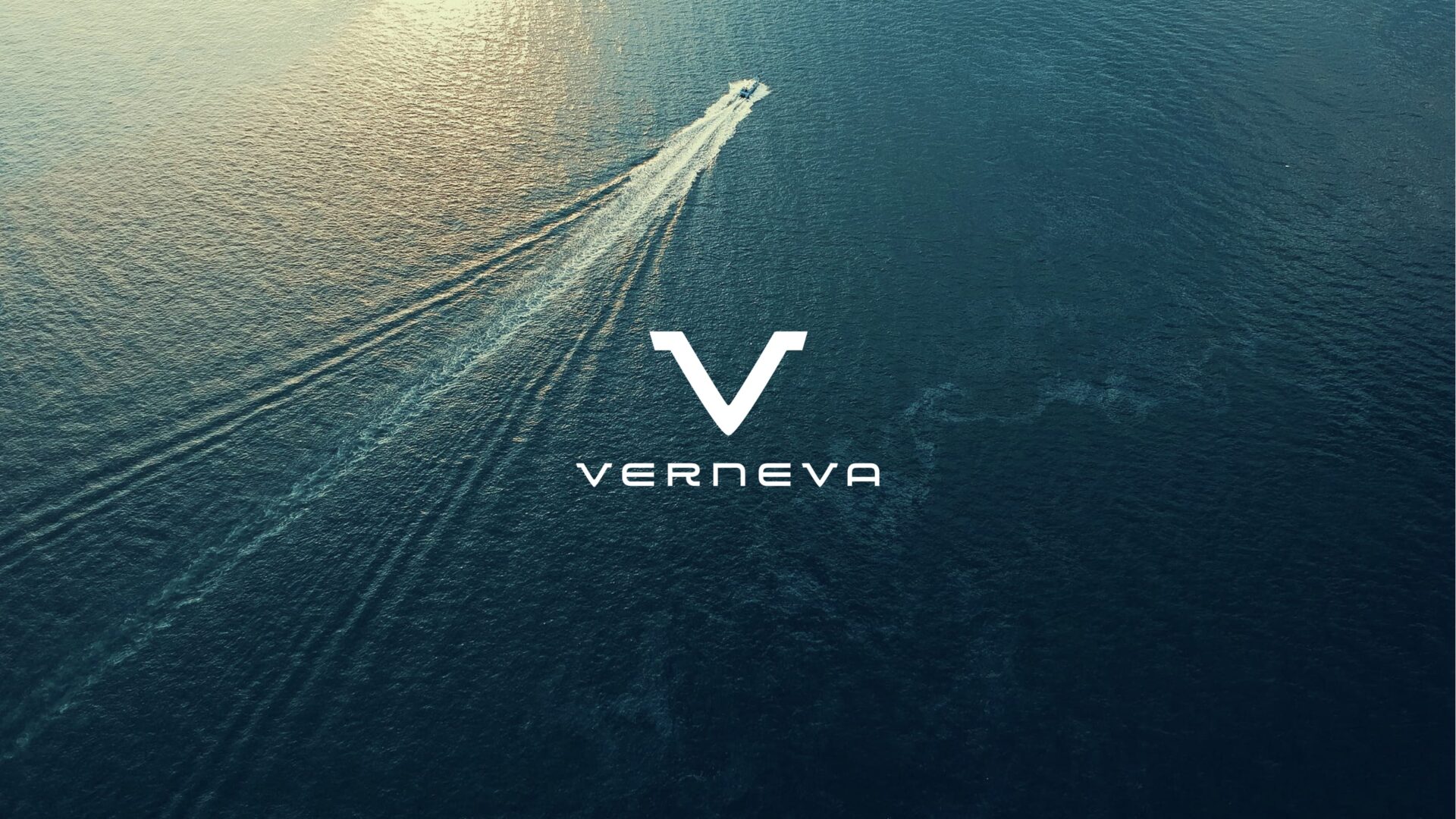
MVP or MLP? What’s the difference?
In the world of startups and product innovation, the terms “MVP” (Minimum Viable Product) and “MLP” (Minimum Lovable Product) often buzz around, each carrying its weight and implications.
While they may seem interchangeable at first glance, the choice between developing an MVP or an MLP can significantly affect your journey toward success.
Let’s unpack these concepts.
MVP: The lean startup’s launchpad
An MVP is the bare minimum version of your product that allows you to launch with the least amount of effort. It’s about testing your hypotheses, learning about your audience’s needs and preferences, and doing so with minimal costs.
The MVP philosophy, popularized by Eric Ries in “The Lean Startup,” emphasizes rapid learning cycles—build, measure, learn—to iterate towards a product that your customers will eventually love.
The MVP approach is especially suited for small startups with limited budgets, aiming to quickly enter the market and validate their core value proposition.
It’s about finding that sweet spot where your product is good enough to solve a problem or fulfill a need but hasn’t yet reached its full potential.
Also read What is the definition of a MVP?
MLP: Beyond viability to lovability
On the flip side, an MLP takes the concept a step further. It’s not just about meeting the basic requirements but creating a product that people love from the get-go.
An MLP includes features that delight users, forging a deeper connection and encouraging loyalty. This approach is rooted in the belief that first impressions matter and that captivating your users early on can lead to better retention and word-of-mouth growth.
Creating an MLP requires a nuanced understanding of your users’ desires, pain points, and what makes them tick. It involves focusing on design, user experience, and those extra touches that make your product stand out.
Unlike the MVP, which focuses on validating a hypothesis, the MLP is about building a strong emotional connection with your audience.
How to choose your path
Audience
Your target audience plays a crucial role in determining whether you should aim for an MVP or an MLP. If your audience values innovation and functionality over design and experience, starting with an MVP might be the way to go.
This is usually a good approach for SaaS companies that can start with a few selected business customers solving just one problem.
Conversely, if you’re entering a market where users expect polished and highly engaging products, aiming for an MLP could be crucial for standing out.
If you are targeting consumers with your product an MLP is usually needed to convince them of engaging.
Budget
Your financial resources can also dictate your choice. An MVP can be a cost-effective way to test the waters, allowing you to invest more heavily once you’ve validated your concept.
An MLP, while potentially more expensive due to its emphasis on design and user experience, might be a worthwhile investment if it means capturing your audience’s hearts and minds right from the start.
Process
The development process you’re comfortable with can influence your decision. An MVP approach favors speed, agility, and learning through iteration. It’s suited for teams that are comfortable with making continuous adjustments based on user feedback.
An MLP, however, might require a more detailed upfront understanding of your users, a solid design process, and the readiness to invest more time and resources into the initial launch.
This might be the only way for larger companies to test new products as their internal processes usually aren’t adapted to the agile iterative way of working an MVP requires.
Striking the balance for success
Ultimately, whether you choose to develop an MVP or an MLP can depend on a delicate balance of factors—your audience’s expectations, your budget constraints, and your process preferences.
In some cases, starting with an MVP and evolving it into an MLP as you gather more insights and resources can be a strategic approach. It allows you to validate your core idea quickly while also setting the stage for deeper engagement and love from your users.
Remember, the goal isn’t just to launch a product; it’s to launch a product that leads to a successful, sustainable business.
Whether through an MVP or an MLP, understanding your users, being clear about your value proposition, and continuously iterating based on feedback are keys to unlocking that success.
So, assess your situation, choose your path wisely, and embark on the journey of turning your innovative vision into a reality that your users don’t just need. But love.


